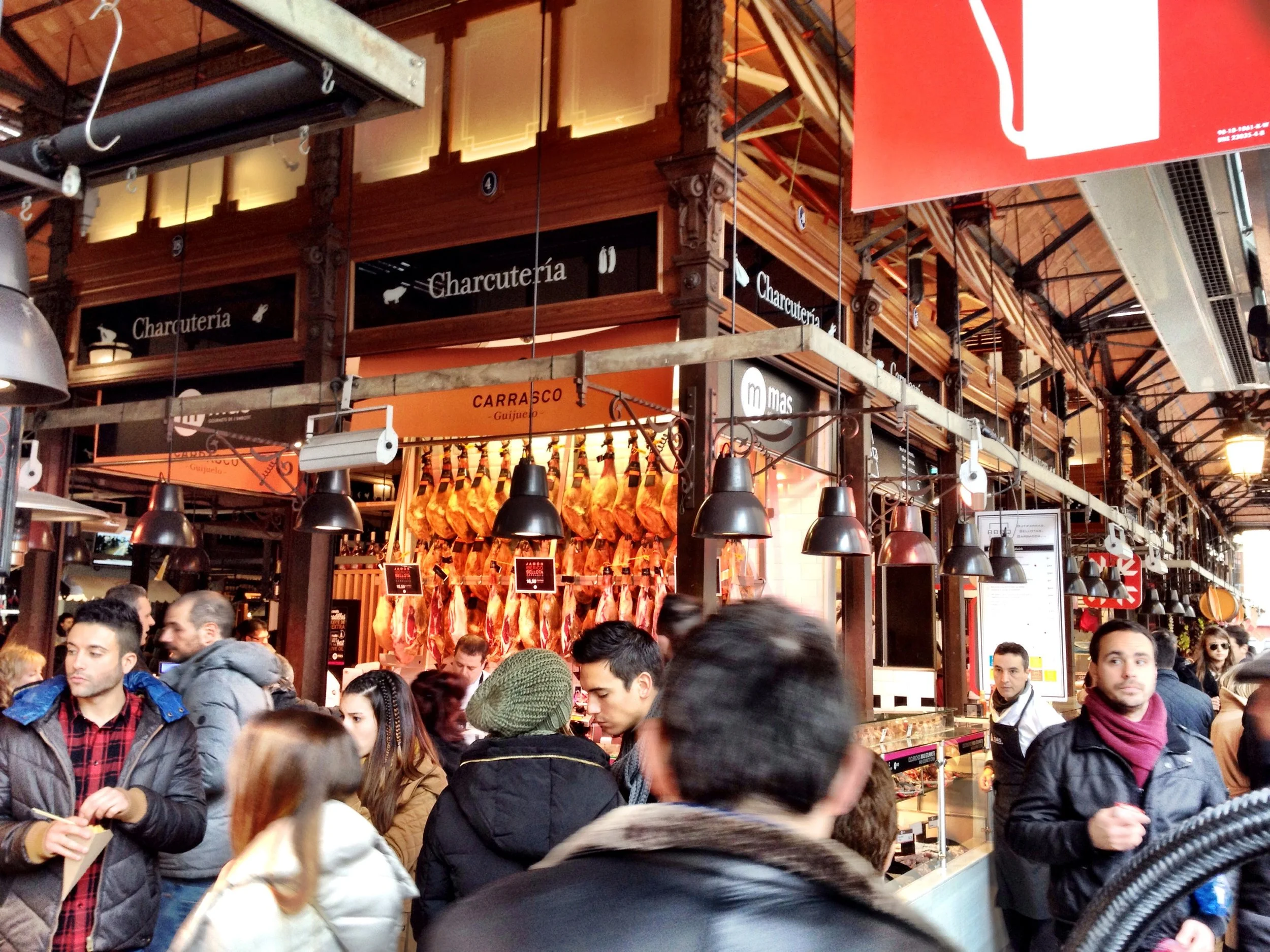In many ways, the Spanish capital is an urbanist’s utopia of walkable, human-scale streets and tree-lined public plazas. I know it was for me, when I had the good fortune to work there for the better part of a year in 2014. Of course, there are serious issues facing Madrid’s current mayor Manuela Carmena and the regional government in deciding how to accommodate a growing population and stabilize a still fragile economy. These issues notwithstanding, I would like to make the case for Madrid as one of the most innovative major cities in terms of progressive city planning – particularly in the creation of a healthy, livable, and accessible public sphere for its residents.
Madrid’s labyrinthian urban fabric has its roots in the medieval Palacio Real section of the city, out of which a dense network of streets and corridors spread; however, it is the modern adaptation of these spaces that has created the connectivity and walkability sought after by so many modern cities.Accessibility for Madrileños starts with their neighborhoods, unique in character and yet virtually all self-sufficient to their residents’ needs. This accessibility is augmented by a vast and efficient metro system, which dots the urban landscape with over 300 stations while maintaining headways within the centro area under 10 minutes.
Complementing its neighborhood and citywide accessibility, one of Madrid’s most impactful elements, in my mind, is its virtually unbroken network of public pedestrian space. It is within the interstitial spaces of the city – surrounding metro stops, at the edges of neighborhoods, and encircling local landmarks – where Madrid excels as a walker’s paradise. Street dynamics, save for a few arterials, are firmly in favor of pedestrians, with generous space, street furniture, and plantings allocated for those on foot. The omnipresent metal bollard is a common technique used to demarcate pedestrian-only zones, while still allowing entrance for bicycles and smaller delivery vehicles. Even on major vehicle thoroughfares, such as Gran Via, cars are carefully controlled, while pedestrians are prioritized with wide crossings, sidewalk neckdowns, and traffic signal prioritization.
The cumulative effect of Madrid’s urban form and policies is a dense city core of extremely walkable and livable neighborhoods. Residents enjoy a level of freedom and access to amenities not found in many European cities of comparable size. The measurable health, social, and environmental benefits of such a city fabric are of equal importance.
Madrid often remains on the periphery of urban planning conversations regarding great contemporary European cities. Modern frameworks exalt the likes of London and Paris (rightly so) without paying much attention to the nuanced transformation of Madrid into a true leader of many urbanist ideals. Of course, much of the media attention garnered by cities like London and Paris is due to their economic prowess and stature on the international stage. Madrid, for various reasons, has only recently started to gain ground in these spheres. It has, however, largely surpassed other cities in many aspects of progressive urbanist standards, all while weathering strict austerity cuts and local political turmoil.
Madrid, perhaps more than any other major European city, has embraced a bottom-up approach to city planning that has enabled the creation of uniquely adapted urban environments within its core. Current trends in urban planning towards walkability, transit accessibility, neighborhood identity, public space, and environmental sustainability are (or should be) of major concern to municipal officials everywhere. Successive mayoral administrations have enacted a series of policies with clear prioritizations of these ideals. While the full extent of these policies – and the debate they have engendered within the city – is beyond the scope of this article, it is worth noting the nascent outcomes, as Madrid could serve as an important model for other cities hoping to enact similar policies while facing contentious budgeting standoffs.
All pictures taken by Colin Brown.






